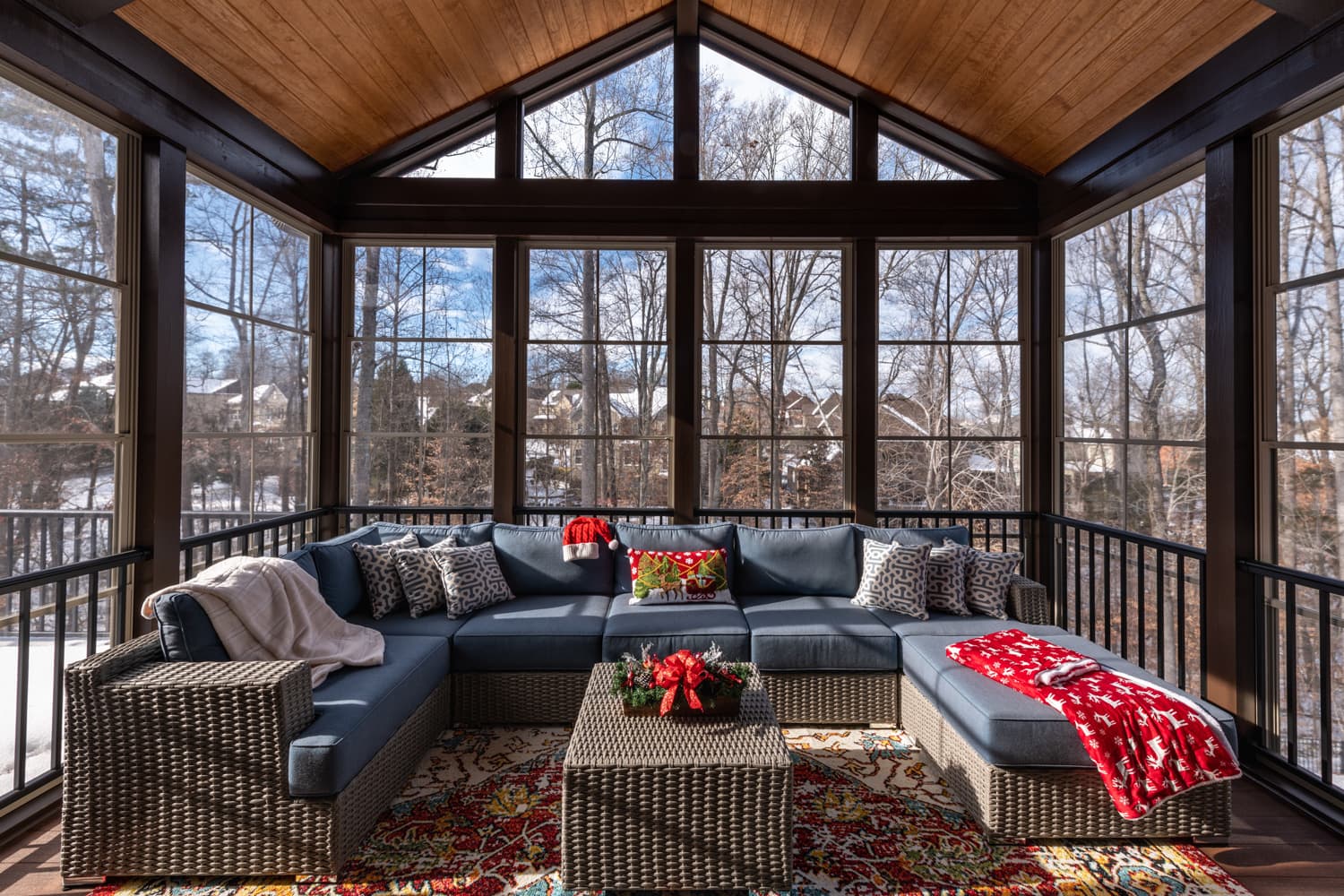

Articles
How To Insulate A Screened Porch For Winter
Modified: February 29, 2024
Learn how to insulate a screened porch for winter with our informative articles. Stay warm and cozy all season long with these helpful tips.
(Many of the links in this article redirect to a specific reviewed product. Your purchase of these products through affiliate links helps to generate commission for Storables.com, at no extra cost. Learn more)
Introduction
As the winter months approach, many homeowners find themselves looking for ways to keep their screened porch warm and cozy. While a screen porch is a great addition to any home during the warmer seasons, it can quickly become unusable in the colder months if it’s not properly insulated. Fortunately, there are several effective methods to insulate a screened porch for winter, allowing you to enjoy this space year-round.
In this article, we will guide you through the steps to effectively insulate your screened porch for winter. From assessing the current insulation to adding weatherstripping and insulated panels, we’ll cover all the essential details. So, let’s dive in and transform your screened porch into a comfortable winter retreat!
Key Takeaways:
- Transform your screened porch into a cozy winter retreat by assessing current insulation, sealing gaps, adding weatherstripping, and installing insulated panels or film. Enhance comfort with insulated curtains and a space heater for a warm ambiance.
- Maintain your insulated porch throughout winter by regularly inspecting and repairing insulation, cleaning window coverings, and practicing energy-saving habits. Embrace the season on your cozy screened porch, no matter the outside temperature.
Read more: How To Winterize A Screened-In Porch
Step 1: Assess the Current Insulation
The first step in insulating your screened porch for winter is to assess the current insulation situation. Take a thorough look at the porch and identify any areas where cold air might be seeping in. This could include gaps and cracks in the walls, windows, doors, or even the ceiling.
Start by inspecting the walls. Look for any visible cracks or gaps between the framing and the screen. These openings can allow cold air to enter and warm air to escape, making your porch chilly and uncomfortable. Use a sealant or caulk to fill any gaps or cracks you find, ensuring a tight seal.
Next, examine the windows and doors. Check for any drafts by running your hand along the edges and feeling for cold air. If you detect a draft, apply weatherstripping to create a barrier against the cold. Weatherstripping can be applied to the edges of windows and doors to seal gaps and prevent air leakage.
Lastly, don’t forget to inspect the ceiling or roof of your screened porch. Inspect the underside for any gaps or holes that need to be addressed. Additionally, check for any signs of insulation or lack thereof. If there is no insulation in the ceiling or roof, you may need to consider adding insulation to improve thermal efficiency.
By thoroughly assessing the current insulation, you can identify areas that require attention and take the necessary steps to address them. This will help to prevent cold air from entering the screened porch and ensure a warmer and more comfortable space during the winter months.
Step 2: Seal Any Gaps or Cracks
After assessing the current insulation of your screened porch, the next step is to seal any gaps or cracks that you discovered. Sealing these openings will prevent cold drafts and keep the warm air inside, creating a more comfortable environment during winter.
Start by inspecting the walls for any visible gaps or cracks. These can occur between the framing and the screen or even around windows and doors. Use a high-quality weatherproof sealant or caulk to fill in these gaps. Be sure to choose a product that is specifically designed for outdoor use and can withstand the elements.
Apply the sealant or caulk along the edges of the gaps or cracks, ensuring a complete and tight seal. Use a caulk gun or your fingers to smooth and evenly distribute the sealant. This will help to prevent air leaks and ensure that the insulation is effective.
Next, focus on the windows and doors. Apply weatherstripping along the edges where they meet the frame. Weatherstripping can be in the form of adhesive strips or rubber gaskets that create a seal when the doors and windows are closed. This will help to eliminate any drafts and improve the overall insulation of the porch.
Additionally, check for any gaps or cracks in the ceiling or roof. These can occur due to aging or improper installation. Seal any openings using the same weatherproof sealant or caulk used for the walls.
Remember to also check for any other potential sources of air leakage, such as electrical outlets or vents. Use foam sealant or outlet gaskets to seal these areas and minimize heat loss.
By diligently sealing any gaps or cracks, you will significantly improve the insulation of your screened porch, preventing cold air from entering and warm air from escaping. This step is vital to creating a comfortable and energy-efficient space for winter enjoyment.
Step 3: Install Weatherstripping
Installing weatherstripping is a crucial step in properly insulating your screened porch for winter. Weatherstripping creates a seal between windows, doors, and their frames, preventing cold air from entering and warm air from escaping. This simple yet effective measure can significantly improve the thermal efficiency of your porch.
Start by choosing the appropriate type of weatherstripping for your windows and doors. There are various options available, including adhesive-backed foam tape, V-strip, door sweeps, and rubber gaskets. Consider factors such as the size of the gaps, the type of material you are applying the weatherstripping to, and your personal preferences.
Measure the lengths needed for each window and door, and cut the weatherstripping accordingly. Make sure to clean and dry the surface where you will be applying the weatherstripping to ensure proper adhesion.
For windows, apply the weatherstripping along the edges where the sashes meet the frame. If you have sliding windows, apply it along the vertical sides and the bottom track to create a seal when the windows are closed. Press firmly to ensure good adhesion.
For doors, apply the weatherstripping along the sides and top of the door frame, ensuring a snug fit when the door is closed. If there is a significant gap at the bottom of the door, consider installing a door sweep to seal it off.
It’s important to test the effectiveness of the weatherstripping after installation. Close the windows and doors and feel around the edges for any drafts. If you detect any cold air seeping through, you may need to adjust or replace the weatherstripping to achieve a tighter seal.
Regularly inspect the weatherstripping throughout the winter season and replace any damaged or worn-out pieces. This will help maintain the integrity of the insulation and ensure a comfortable and energy-efficient porch.
By installing weatherstripping, you can significantly reduce drafts and improve the insulation of your screened porch. This step is essential in creating a warm and cozy space during the winter months while minimizing energy consumption.
Step 4: Add Insulated Curtains or Blinds
To further enhance the insulation of your screened porch for winter, consider adding insulated curtains or blinds. These window coverings act as an extra layer of insulation, helping to trap warm air inside and block out cold drafts.
Start by measuring the windows of your screened porch to determine the dimensions for your curtains or blinds. Look for curtains or blinds specifically designed to provide insulation. These are often made with thick, thermal materials that have a high R-value, indicating their ability to resist heat transfer.
When choosing insulated curtains, opt for those with a thermal lining or backing. This lining helps to block drafts and retain heat. Look for curtains that have a tight weave and are properly lined to provide maximum insulation.
If you prefer blinds, select cellular blinds or honeycomb blinds. These blinds have a unique cellular structure that traps air, providing an extra layer of insulation. The air pockets within the cells help to limit heat loss and reduce drafts.
Ensure that your curtains or blinds are properly installed and cover the entirety of the windows. This will help to create a barrier that prevents cold air from entering and warm air from escaping. Close the curtains or lower the blinds during the evenings and colder periods of the day to maximize their insulation benefits.
Consider using a double or triple layer of curtains for added insulation. You can layer a sheer curtain, a thermal curtain, and an additional decorative curtain to provide extra insulation and create a stylish look.
Remember to open the curtains or raise the blinds during the day to allow sunlight to naturally warm up the porch. This can help reduce the need for additional heating and make the space feel more inviting.
By adding insulated curtains or blinds, you can significantly improve the insulation of your screened porch for winter. This step helps to reduce heat loss, block drafts, and create a cozy and energy-efficient environment.
Consider using clear vinyl panels to enclose the screened porch for winter. These panels can be easily installed and provide a barrier against cold air, wind, and precipitation while still allowing natural light to enter the space.
Read more: How To Keep Screened Porch Warm In Winter
Step 5: Install Insulated Panels or Film
If you’re looking to further enhance the insulation of your screened porch for winter, consider installing insulated panels or film. These additions can provide an extra layer of protection against cold air and help retain heat, making your porch even more comfortable during the colder months.
Insulated panels are a popular choice for improving the thermal efficiency of a screened porch. These panels are specifically designed to provide insulation and can be easily installed over existing screens or windows. They come in various materials, such as foam, fiberglass, or rigid polystyrene, to offer different levels of insulation.
Measure the dimensions of your porch screens or windows and purchase insulated panels that fit snugly in the openings. Install them by placing the panels on the inside of the screens or windows and securing them in place with clips or fasteners.
Another option is to use insulated film, which is a thin plastic film that adheres directly to the inside of the screens or windows. This film acts as a barrier against drafts and helps to reduce heat loss. Measure the dimensions of your screens or windows, cut the film to size, and apply it according to the manufacturer’s instructions.
Insulated panels and film not only provide additional insulation but also offer the benefit of reducing noise and blocking UV rays. These additions can create a more comfortable and versatile space, whether you’re using your screened porch as a lounge area or a home office during the winter months.
Remember that installing insulated panels or film may limit your ability to open windows or screens. Consider your ventilation needs and personal preferences when choosing and installing these insulation options.
By installing insulated panels or film, you can further improve the insulation of your screened porch for winter. These additions will help to keep the cold air out and the warm air in, creating a cozy and energy-efficient environment.
Step 6: Consider Adding a Space Heater or Electric Fireplace
If you want to take the comfort of your insulated screened porch to the next level during winter, consider adding a space heater or electric fireplace. These heating options can provide a cozy and inviting atmosphere that will make your porch a truly enjoyable retreat, even on the coldest days.
Space heaters are a popular choice for heating screened porches due to their portability and convenience. There are various types of space heaters available, including electric, propane, and kerosene heaters. Electric space heaters are often the preferred choice as they are safer and more energy-efficient.
When choosing a space heater, consider the size of your porch and the heating capacity of the heater. Look for features such as adjustable heat settings, built-in thermostats, and safety features like tip-over shut-off and overheat protection.
Place the space heater in a safe and well-ventilated area of your porch, away from any combustible materials and flammable substances. Follow the manufacturer’s instructions for proper usage and never leave the space heater unattended.
If you prefer a more atmospheric and visually appealing heating option, an electric fireplace could be a great addition to your screened porch. Electric fireplaces can create a warm and cozy ambiance with their realistic flame effects, without the need for ventilation or chimneys.
Choose an electric fireplace that fits your porch’s size and aesthetic. There are wall-mounted, freestanding, and insert options available. Electric fireplaces often come with adjustable heat settings, allowing you to enjoy the visual effects without overheating the space.
Before installing the electric fireplace, ensure that there is a power source nearby. Follow the installation instructions provided by the manufacturer, and consider consulting a professional if you are unsure about the electrical installation.
Both space heaters and electric fireplaces provide localized heat, so consider the layout and the size of your porch when determining the number and placement of these heaters. It’s important to use these heating appliances responsibly and follow safety precautions to prevent any accidents or fire hazards.
By adding a space heater or electric fireplace, you can create a warm and inviting atmosphere in your insulated screened porch during winter. These heating options will enhance your comfort and allow you to fully enjoy your porch, regardless of the outside temperature.
Step 7: Maintain the Insulation Throughout Winter
Once you have taken all the necessary steps to insulate your screened porch for winter, it’s important to maintain the insulation throughout the season. Regular maintenance will ensure that your efforts continue to provide optimal thermal efficiency and keep your porch comfortable during the colder months.
Start by regularly inspecting the insulation on your porch. Check for any signs of wear or damage, such as cracks in caulking or weatherstripping coming loose. Repair or replace any damaged insulation promptly to maintain its effectiveness.
Keep an eye out for any gaps or cracks that may develop over time. Weather conditions and normal wear and tear can cause these openings to appear. Seal these gaps or cracks promptly to prevent cold drafts from entering and warm air from escaping.
Clean the insulated curtains or blinds regularly to remove any dirt or debris that may accumulate and affect their insulating properties. Follow the manufacturer’s instructions for cleaning to ensure the longevity and performance of these window coverings.
If you have installed insulated panels or film, check periodically to ensure they are still securely in place. Strong winds or heavy snowfall can sometimes dislodge or damage these added layers of insulation. Make any necessary adjustments or repairs promptly.
Consider using draft stoppers or door snakes at the bottom of doors leading to your screened porch. These help to minimize any drafts that may enter from the bottom and ensure that the warm air stays inside.
Monitor the temperature inside your porch regularly to ensure that it remains comfortable. Adjust the settings on your space heater or electric fireplace as needed to maintain an ideal temperature. Avoid overheating the space, as this can waste energy and potentially pose a safety risk.
Finally, practice energy-saving habits in your porch. This includes turning off lights and heaters when not in use, using natural sunlight for lighting during the day, and maximizing insulation efforts by keeping doors and windows closed as much as possible during winter.
By maintaining the insulation of your screened porch throughout the winter, you can ensure that it remains a cozy and energy-efficient space. Regular inspections, repairs, and energy-saving habits will help you enjoy your insulated porch to the fullest during the colder months.
Conclusion
Insulating a screened porch for winter is essential for creating a comfortable and enjoyable space during the colder months. By following the steps outlined in this guide, you can enhance the thermal efficiency of your porch and make it a cozy retreat for relaxation, gatherings, or even work.
Assessing the current insulation, sealing any gaps or cracks, and installing weatherstripping are important initial steps in preventing cold air from entering and warm air from escaping. Adding insulated curtains or blinds provides an extra layer of insulation and helps block drafts. Consider installing insulated panels or film to further improve the thermal efficiency of your porch.
For ultimate comfort, consider adding a space heater or electric fireplace. These heating options can provide a cozy ambiance and create a warm atmosphere. However, always prioritize safety and follow the manufacturer’s instructions for usage and installation.
Maintaining the insulation throughout winter is crucial to ensure optimal performance. Regularly inspect and repair any damaged insulation, clean window coverings, and monitor the temperature to create a comfortable environment efficiently. Practicing energy-saving habits will not only help keep your porch cozy but also reduce energy consumption.
By following these steps and maintaining the insulation in your screened porch, you can transform it into a winter oasis that you can enjoy year-round. Whether you’re curling up with a book, hosting a gathering, or simply soaking in the beauty of nature, your insulated porch will provide a warm and inviting space, no matter the outside temperature.
So, go ahead, apply these insulation techniques, and embrace the winter season on your cozy and insulated screened porch!
Frequently Asked Questions about How To Insulate A Screened Porch For Winter
Was this page helpful?
At Storables.com, we guarantee accurate and reliable information. Our content, validated by Expert Board Contributors, is crafted following stringent Editorial Policies. We're committed to providing you with well-researched, expert-backed insights for all your informational needs.
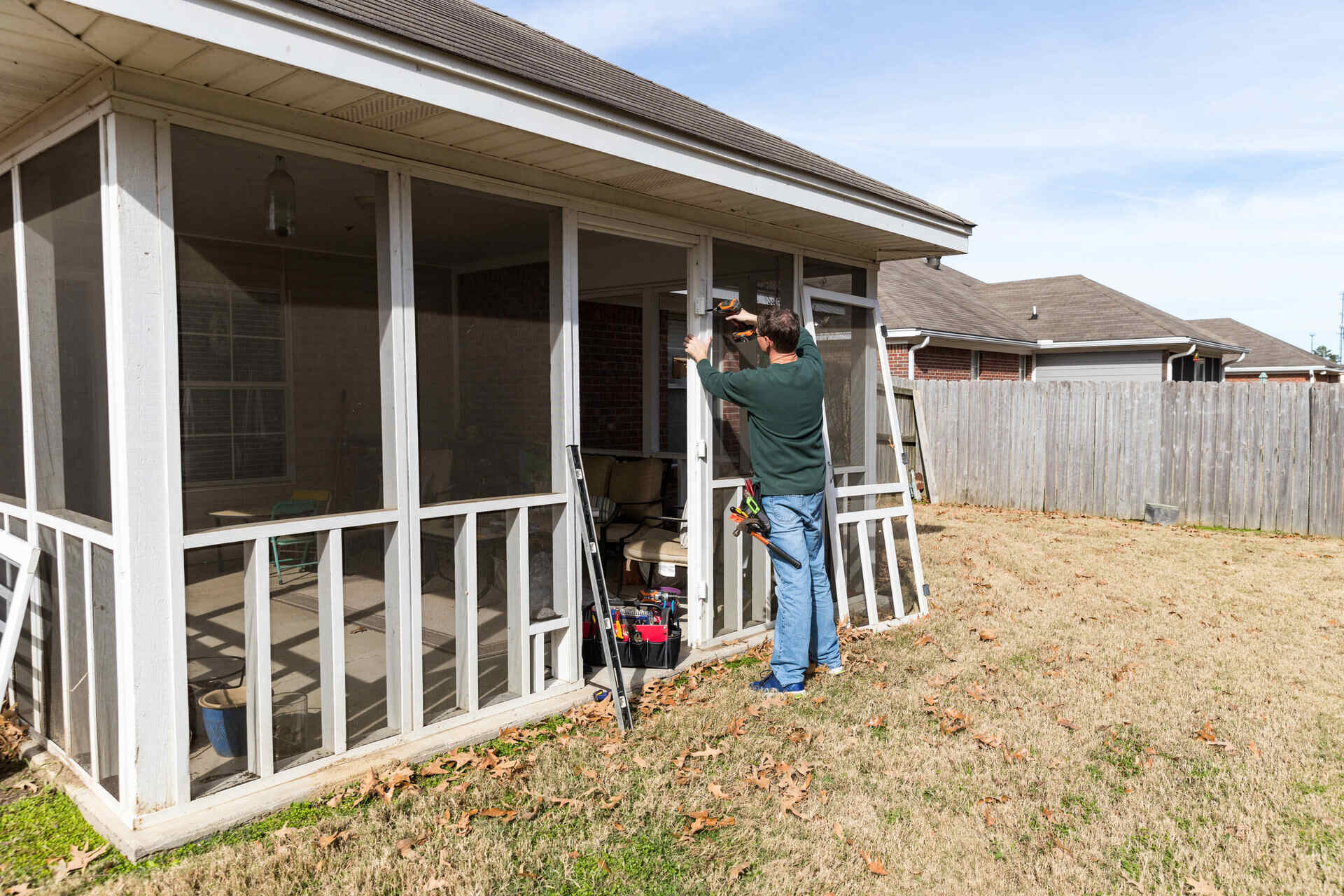
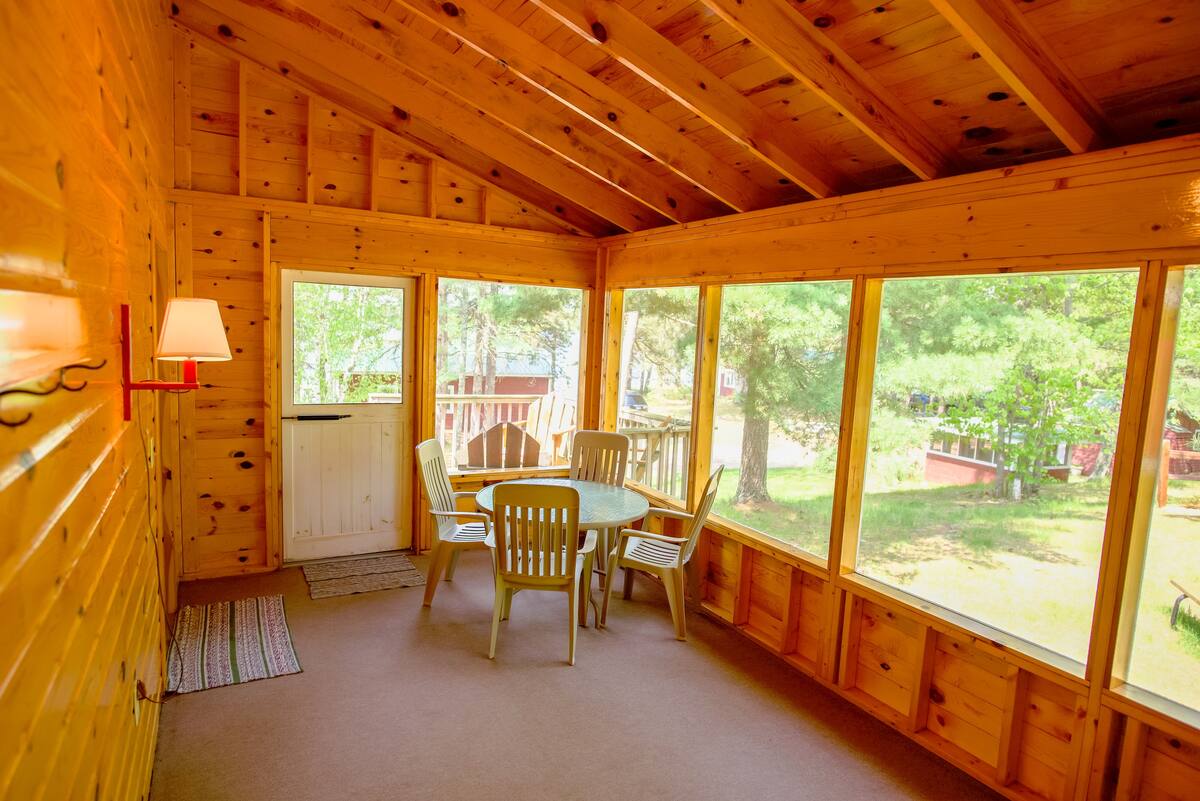
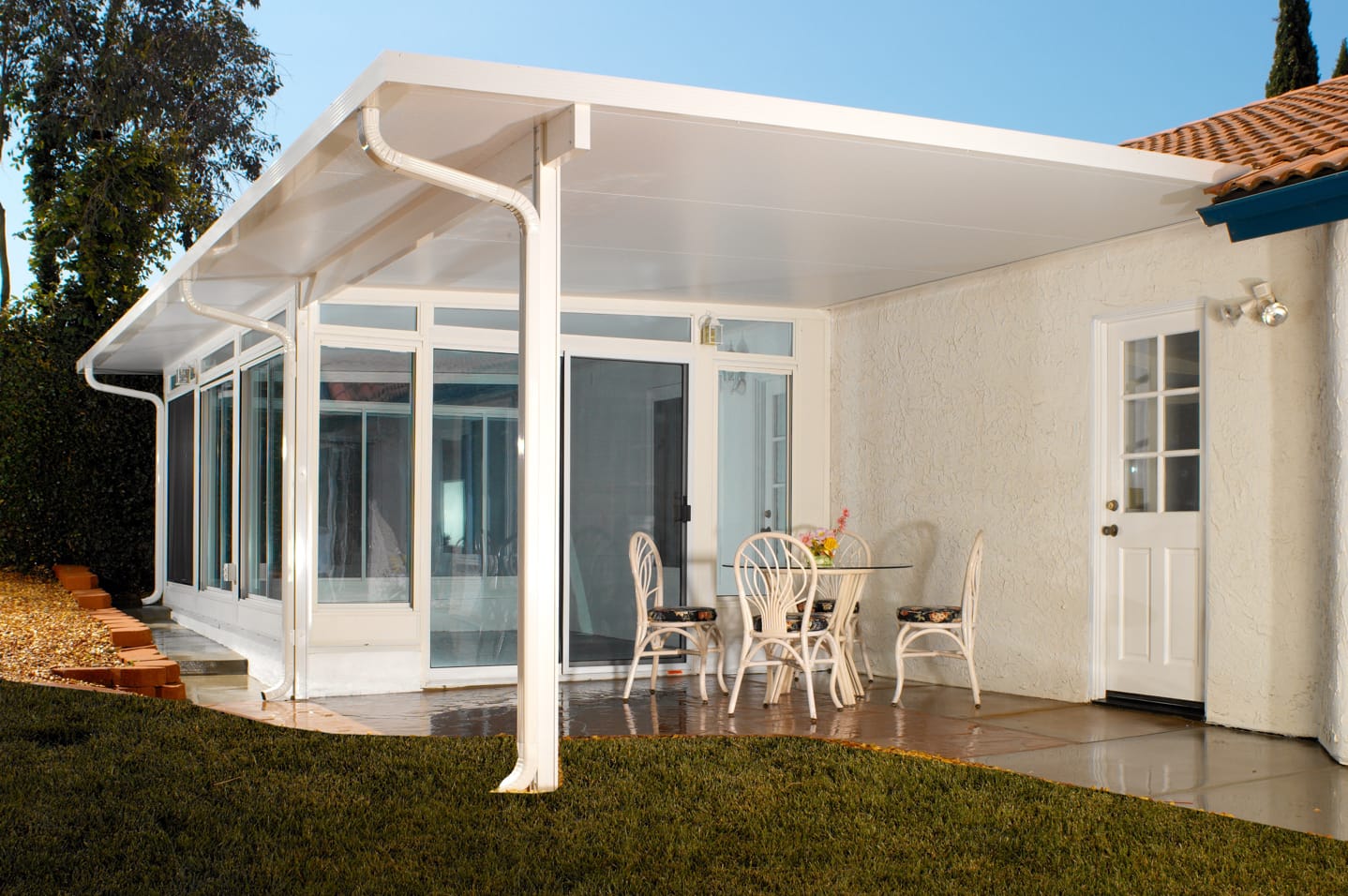
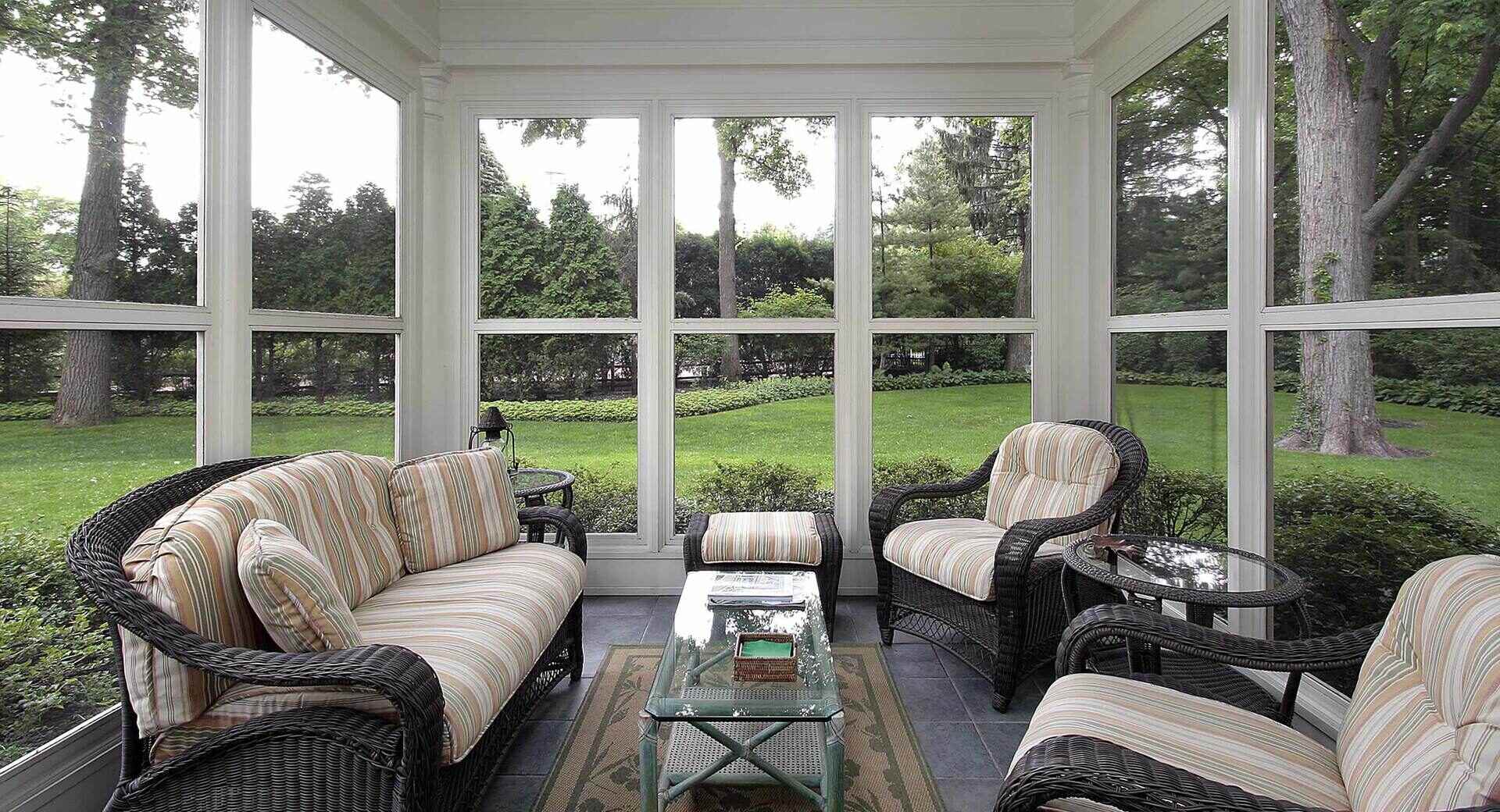
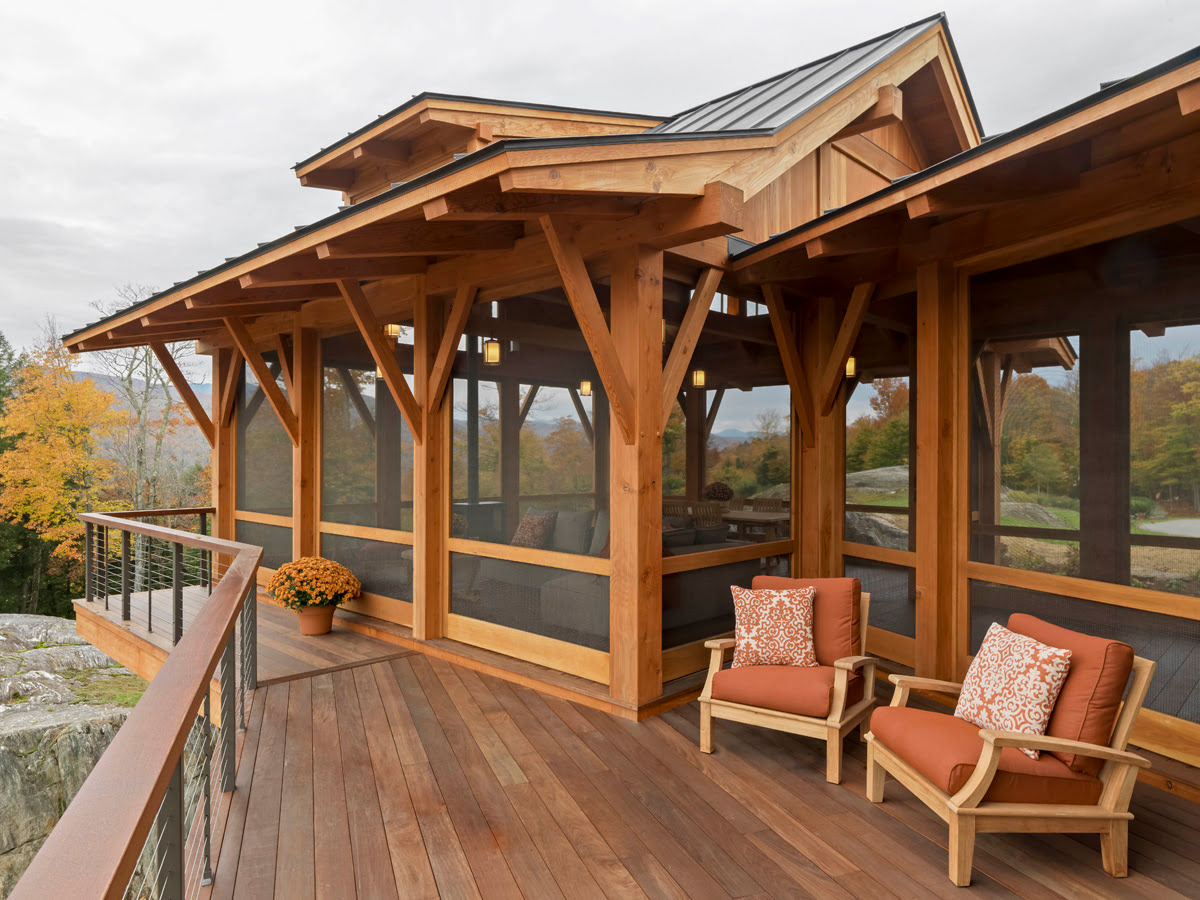
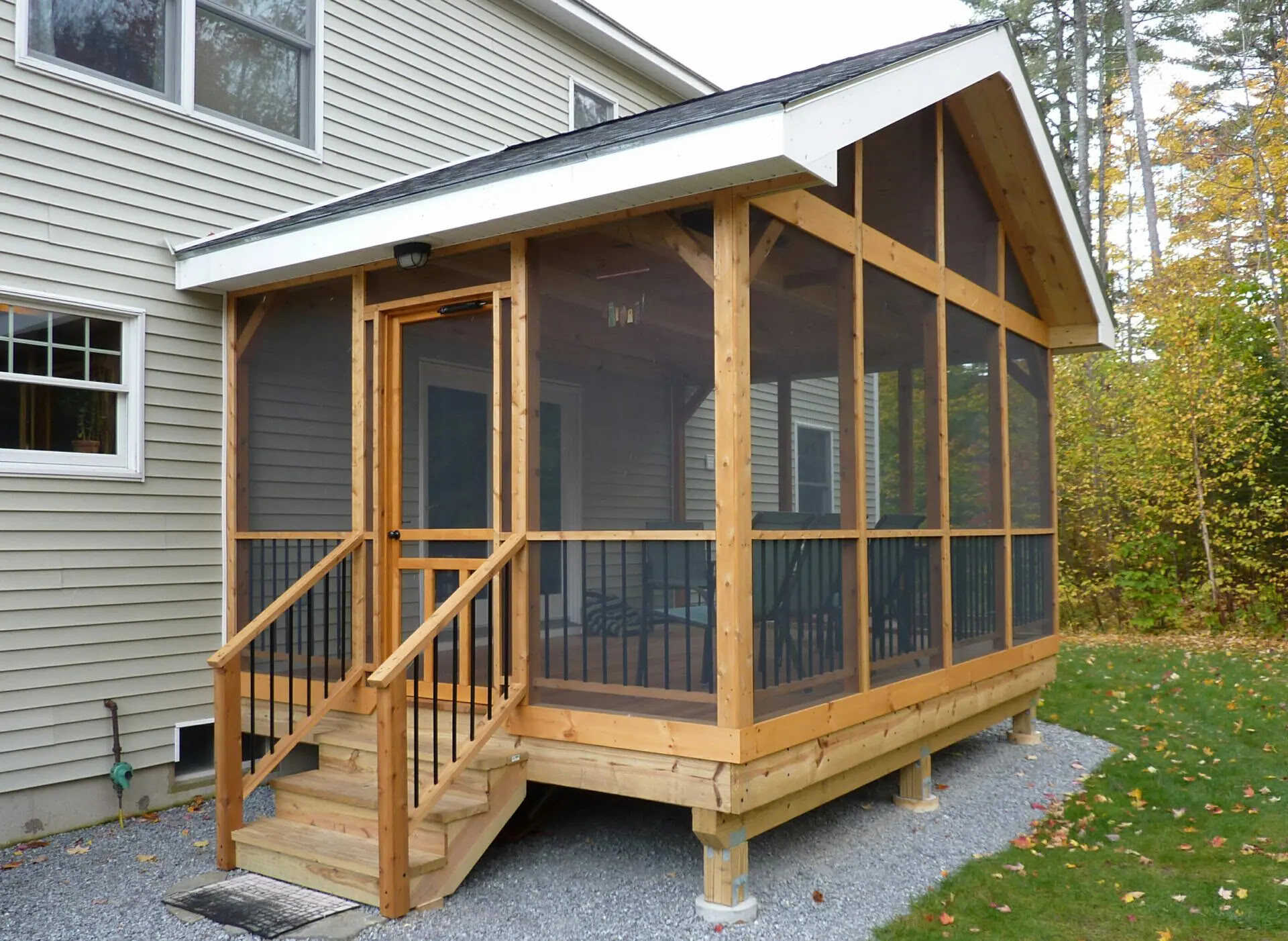
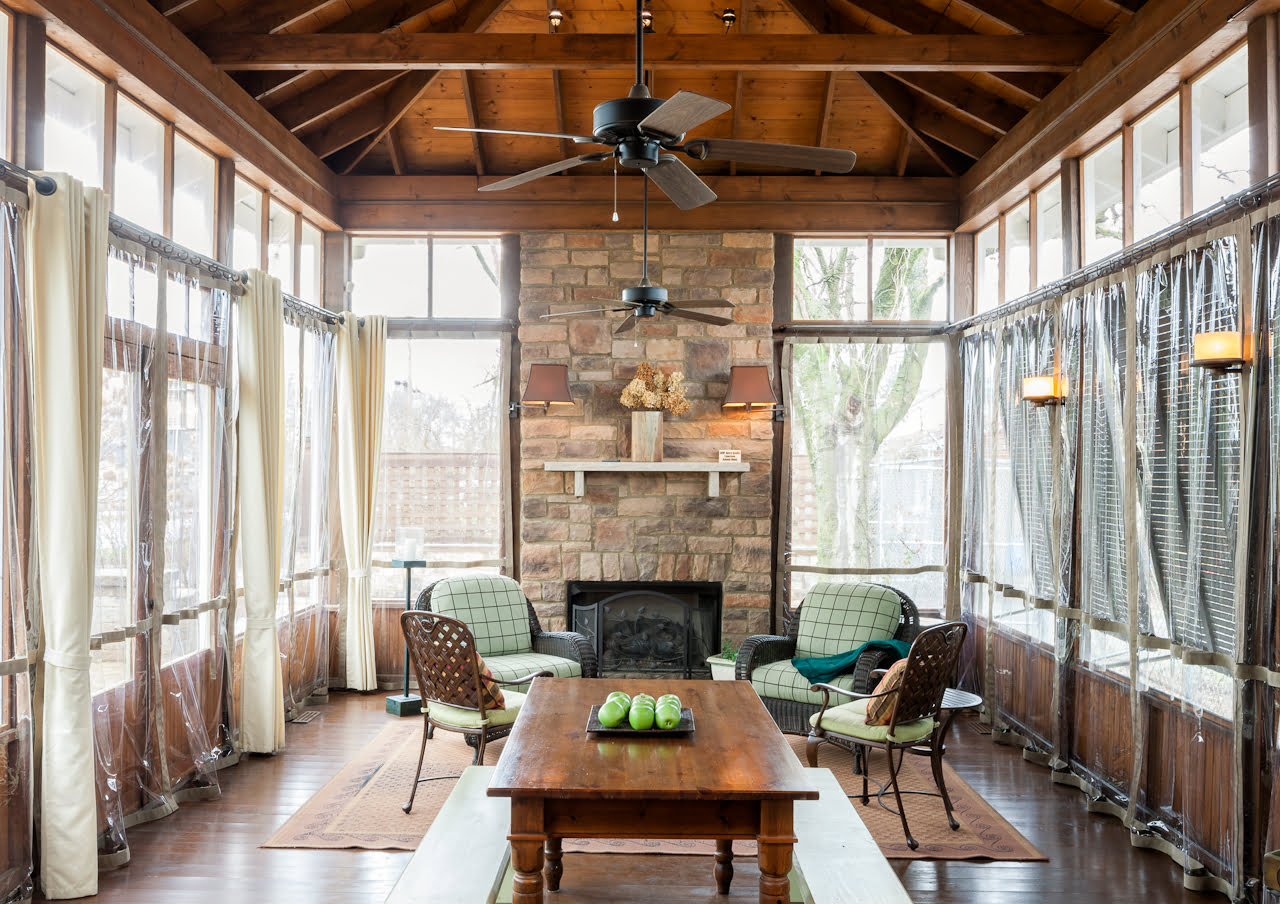
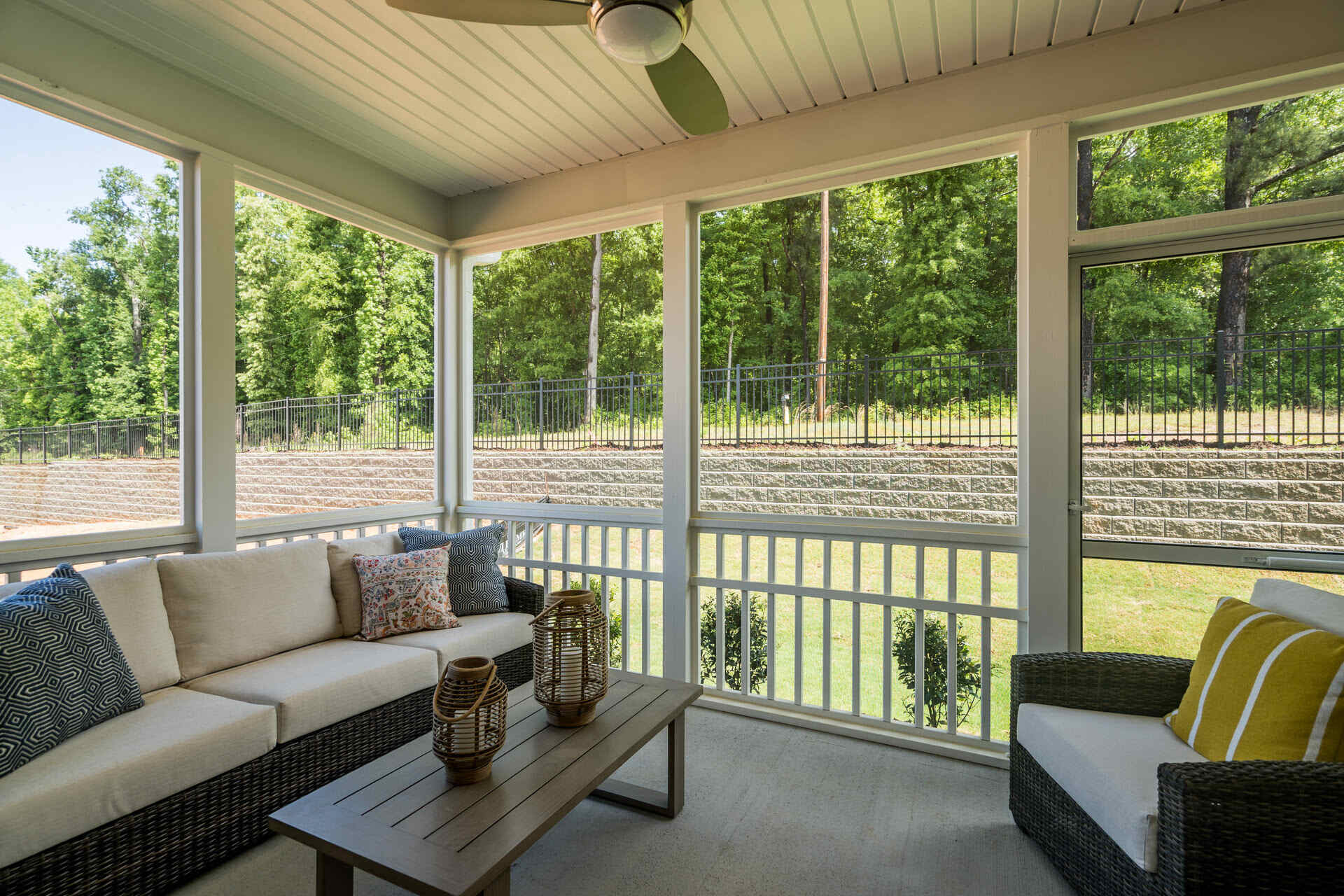
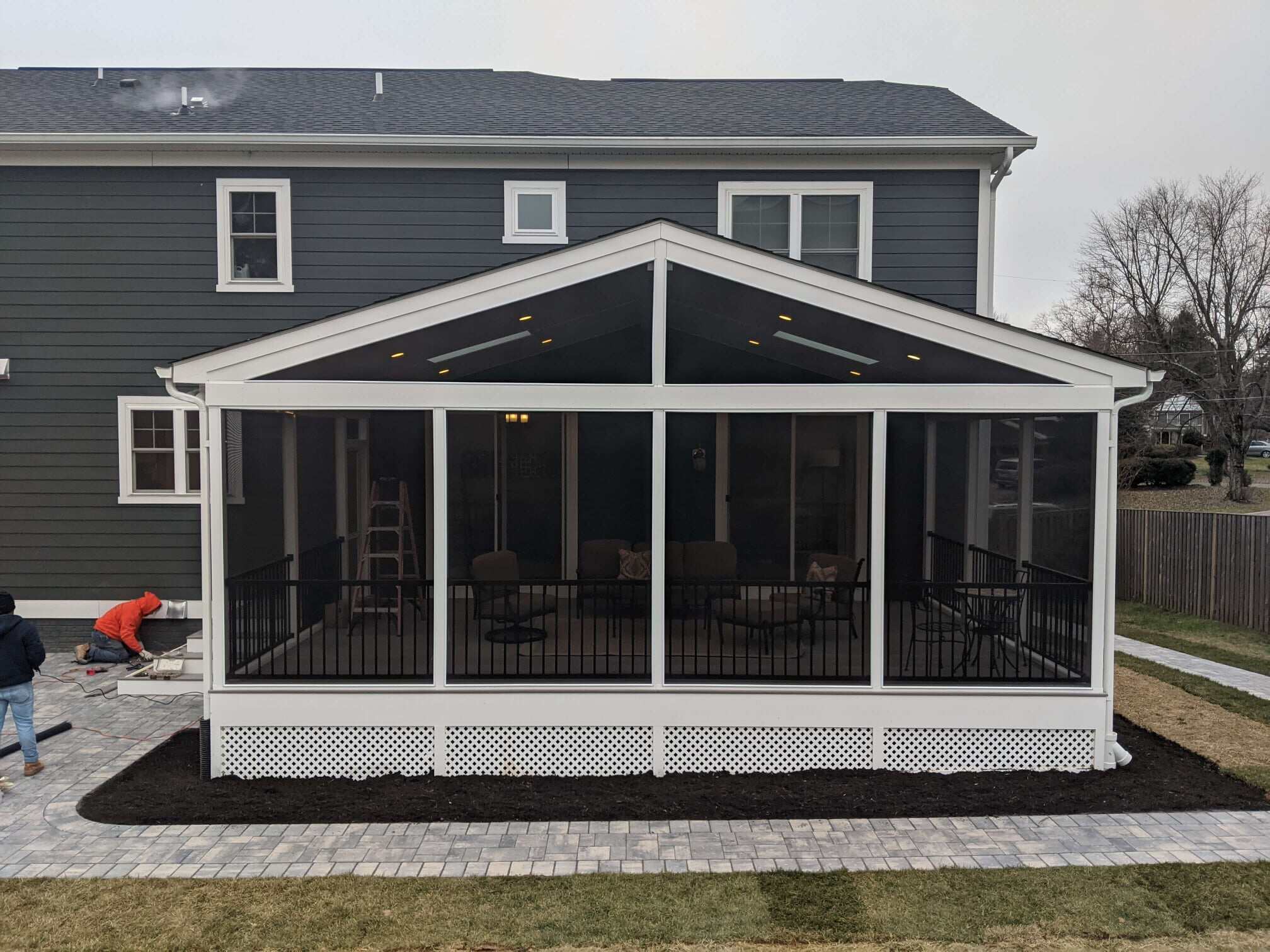
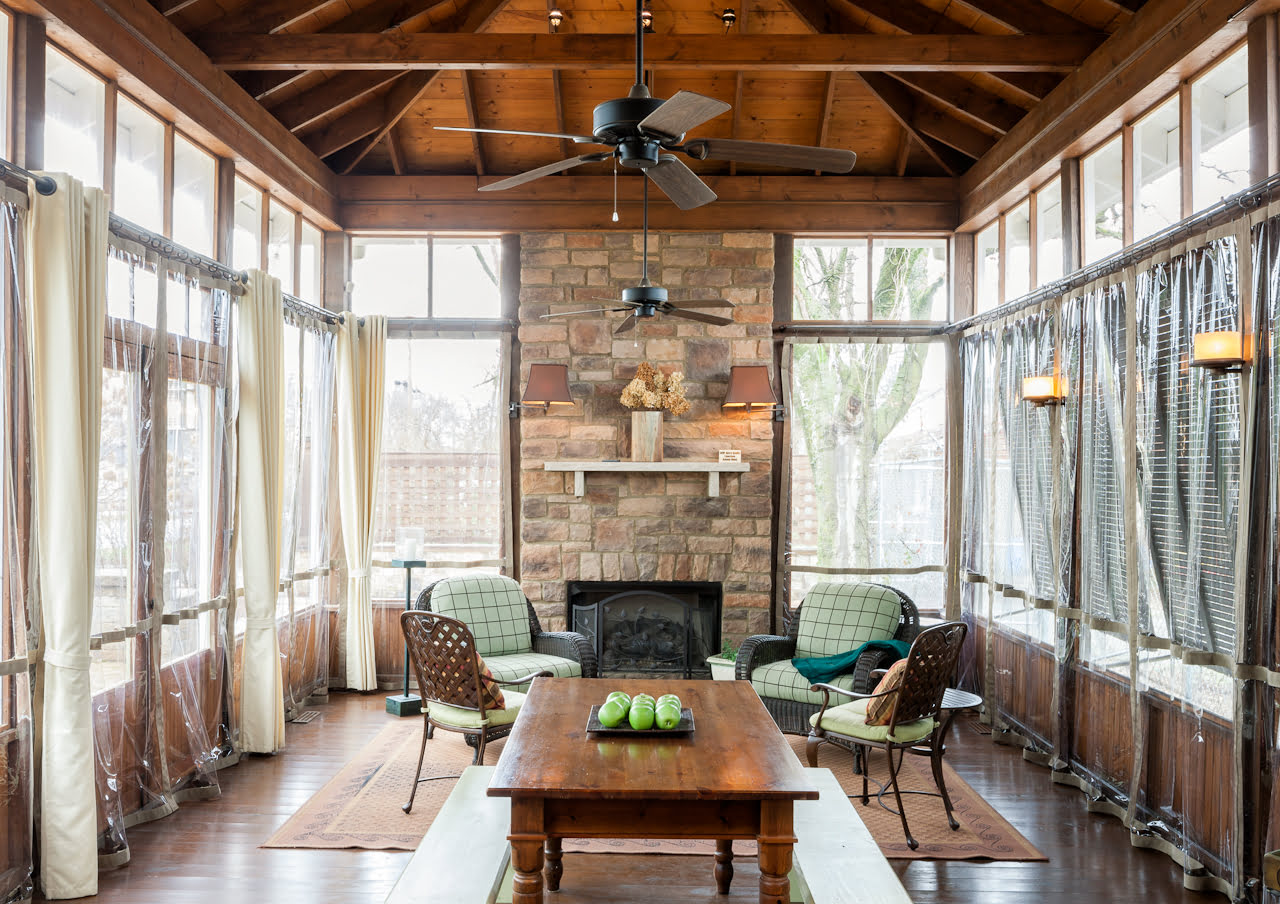
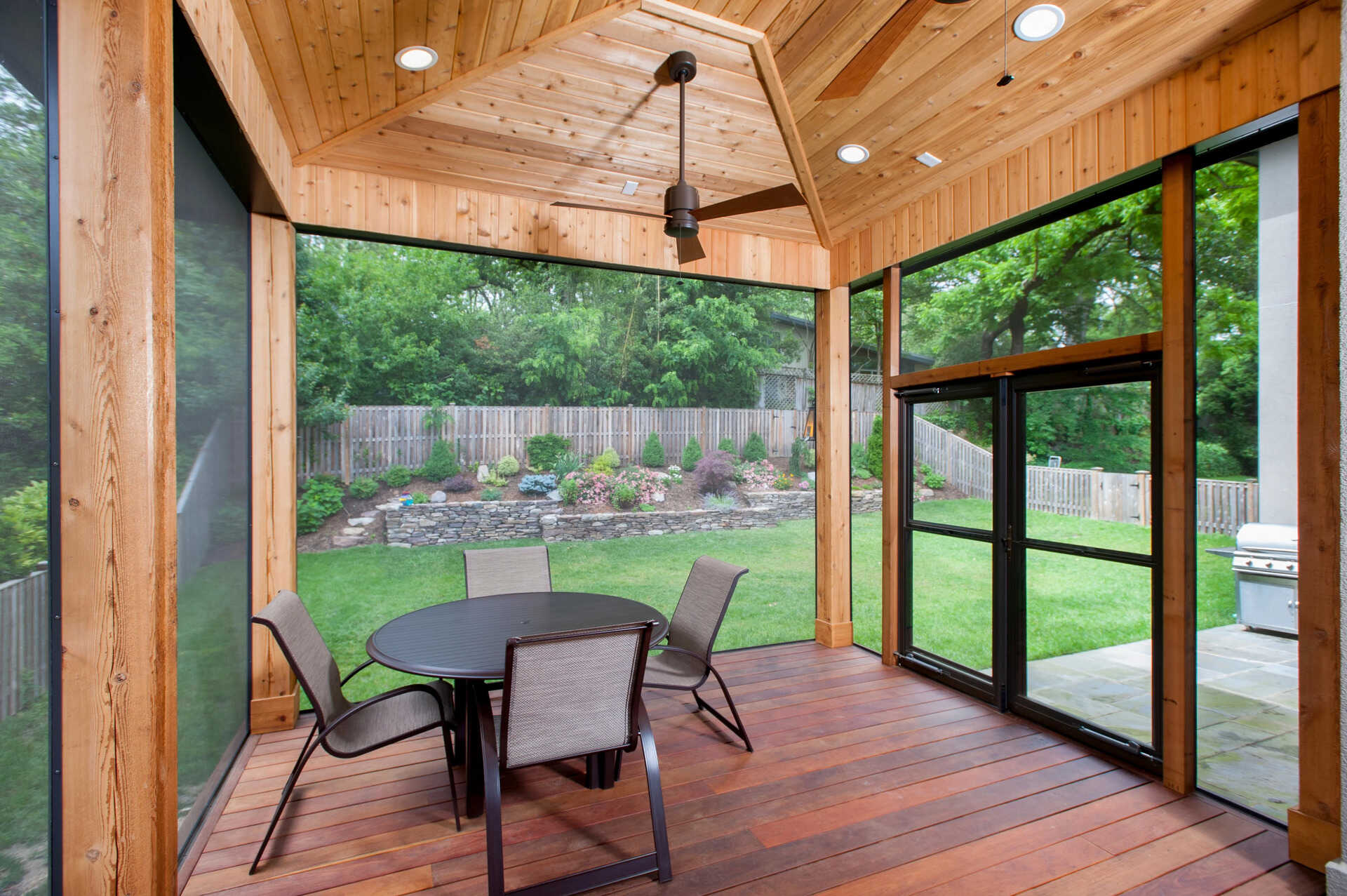

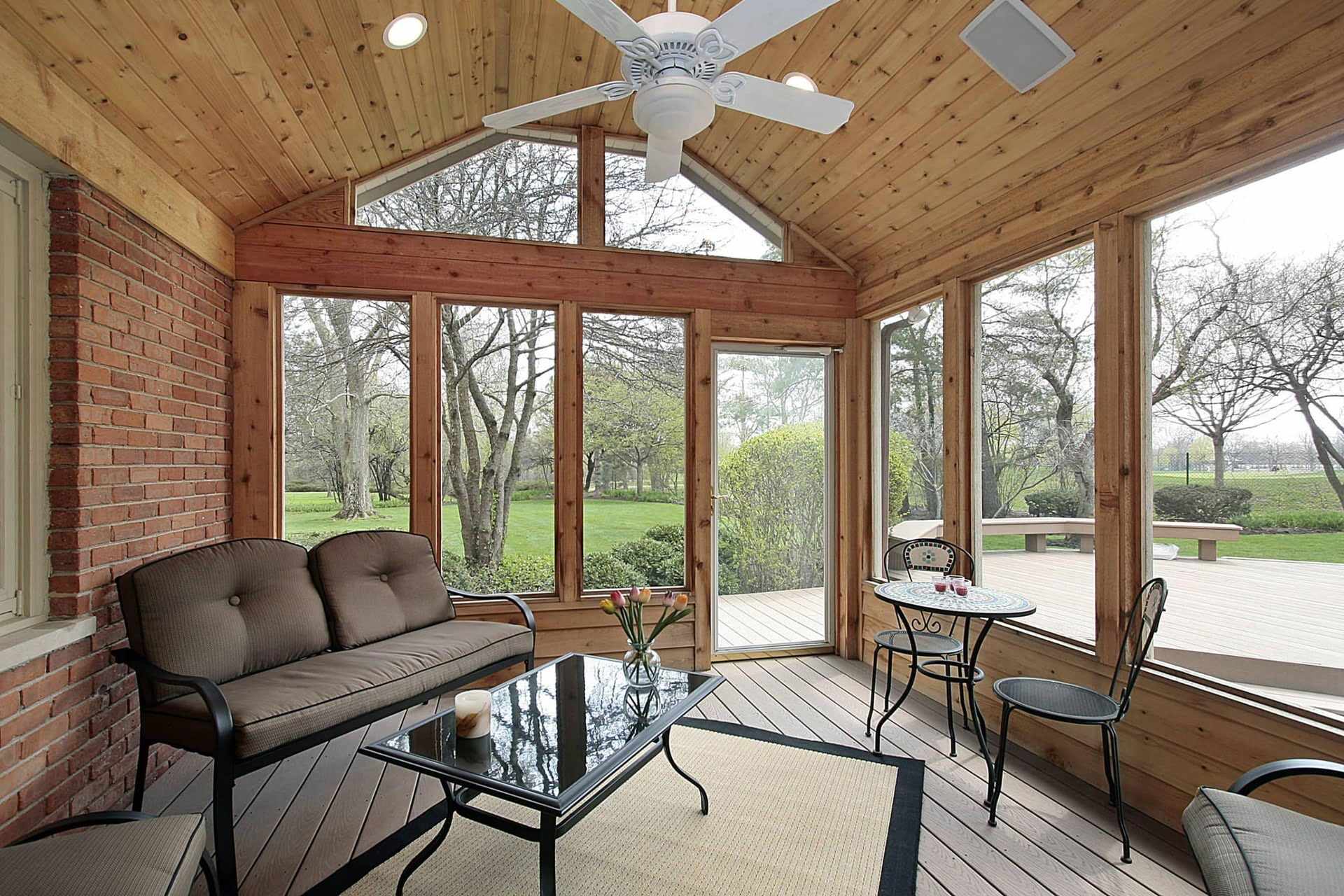
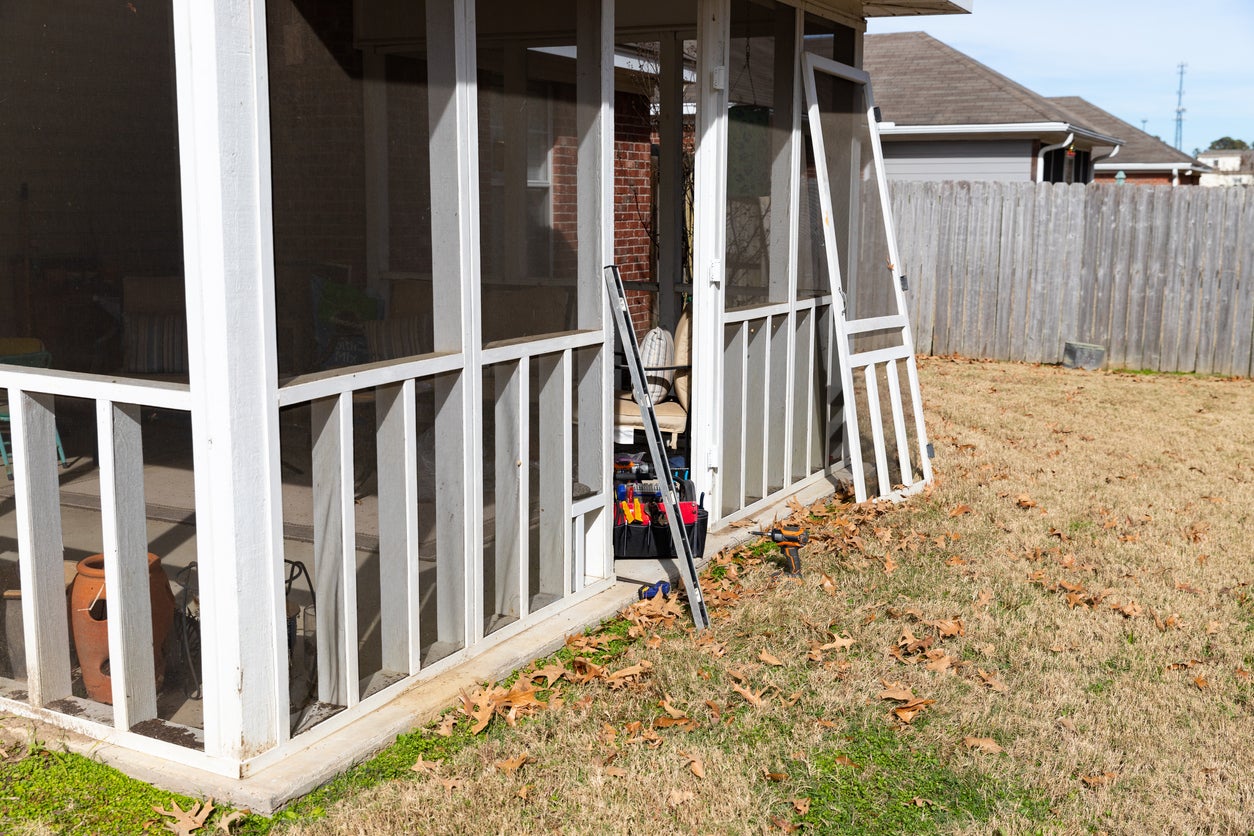

0 thoughts on “How To Insulate A Screened Porch For Winter”